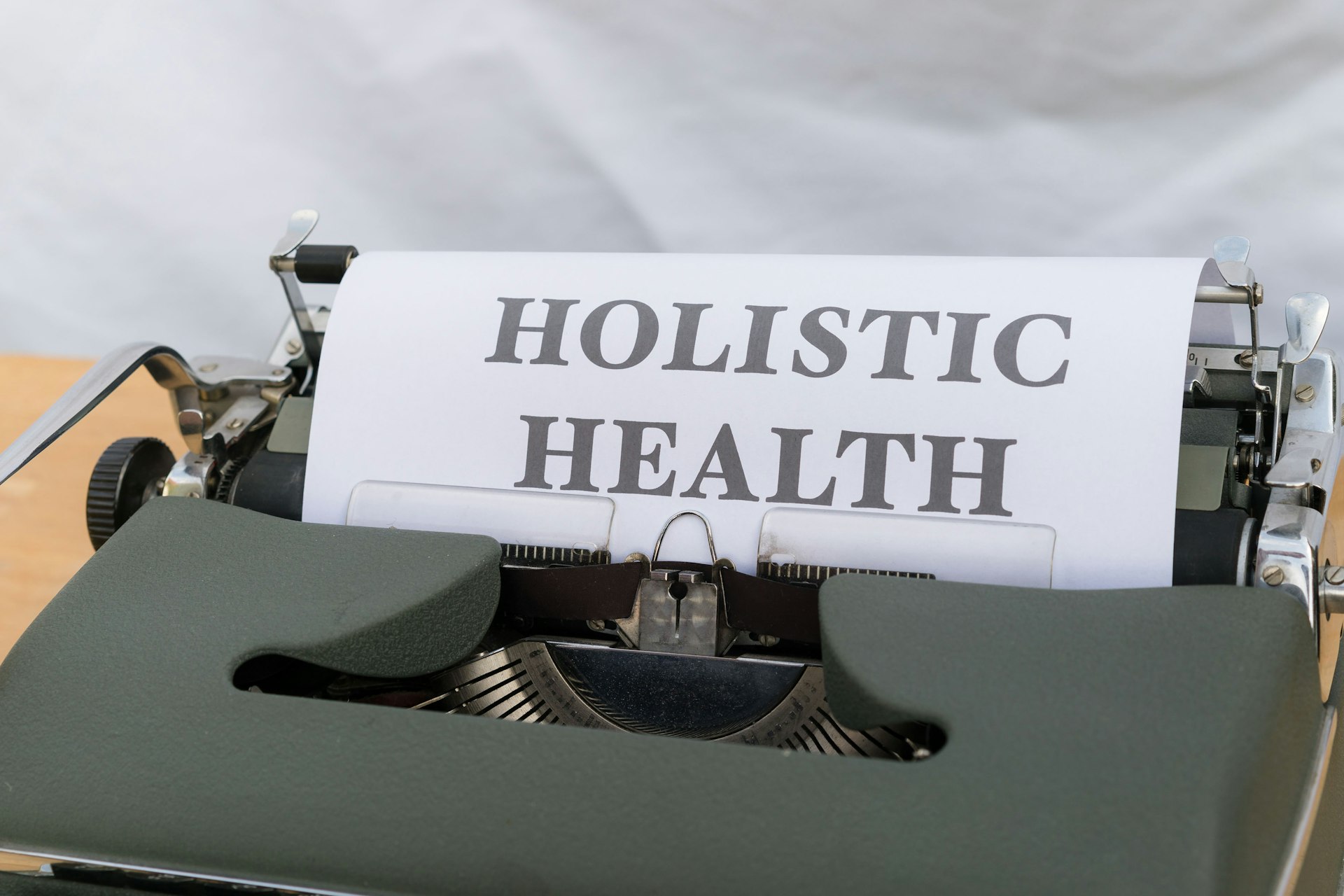Unlocking Bone Strength: How Strength Training Builds and Protects Your Bones

Photo by SALAH PICTURES on Unsplash
Introduction: Why Bone Health Matters
Bone health is crucial for a vibrant, independent life at any age. Throughout adulthood, bone mass naturally declines, increasing the risk of osteoporosis and fractures-especially for older adults and postmenopausal women. Fortunately, research consistently shows that strength training, also called resistance training, can significantly improve bone strength, density, and overall skeletal health, offering a proactive way to protect yourself long-term [1] [4] .

Photo by Yulissa Tagle on Unsplash
How Strength Training Benefits Bone Health
Strength training
directly influences bone health in several key ways. When you perform resistance activities-lifting weights, using resistance bands, or even your own bodyweight-your muscles contract and pull on your bones. This mechanical stress triggers your bones to renew themselves, increasing bone mineral density (BMD) and making them more resilient
[5]
[2]
. Over time, regular strength training can:
-
Increase bone density
, especially in the hips and spine-areas most vulnerable to osteoporosis-related fractures [1] . -
Reduce the risk of osteoporosis
by slowing bone loss and potentially reversing early bone decline [2] . -
Improve balance and coordination
, lowering the chance of falls and related injuries [4] . -
Enhance muscle mass
, which supports and protects your bones during daily activities [1] . -
Support joint health
and mobility, making it easier to stay active and independent as you age [4] .
The Science Behind Strength Training and Bone Density
Clinical studies confirm that regular, appropriately loaded strength training increases BMD, particularly in the lumbar spine and hip. For example, a major 2015 study found that postmenopausal women who engaged in moderate to high-load resistance exercises for six months experienced a 1.82% increase in spine BMD, compared to almost no change in inactive participants [1] . Newer research also shows that even low-load, high-repetition exercises can help maintain bone mass and prevent osteoporosis progression [2] .
Strength training achieves these results by inducing mechanical loading on bones, which stimulates cells called osteoblasts responsible for bone formation. This process is supported by hormonal and cellular responses, including the release of growth factors and myokines that further promote bone renewal [3] .
Real-World Examples: Strength Training Success Stories
Consider the case of Mary, a 65-year-old woman diagnosed with early-stage osteoporosis. After consulting her healthcare provider, she began a supervised strength training program focusing on squats, lunges, and resistance band exercises twice per week. Within a year, her bone density improved, and she reported increased balance and fewer falls. Similar stories are echoed in clinical settings worldwide, with many older adults and postmenopausal women experiencing measurable gains in bone health and confidence through structured resistance routines [1] .
Step-by-Step Guide: How to Start Strength Training for Bone Health
Getting started safely is essential. Follow these steps to design an effective, bone-friendly strength training routine:
-
Consult a healthcare professional
before beginning, especially if you have osteoporosis, arthritis, or previous fractures. A physical therapist or certified trainer with experience in bone health can customize your program. -
Begin with bodyweight exercises
such as squats, lunges, wall push-ups, or step-ups. These movements use your own weight as resistance, stimulating bone and muscle safely. -
Add resistance gradually
using resistance bands, hand weights, or household objects. Start with 1-2 sessions per week, aiming for 1-3 sets of 8-12 repetitions of each exercise. -
Focus on multi-joint, weight-bearing movements
(e.g., deadlifts, chest presses) that load the hips, spine, and wrists-key sites for bone health. -
Progress intensity and frequency
gradually. Research suggests that higher-intensity, higher-speed training (when medically appropriate) offers the most skeletal benefit [2] . -
Include balance and flexibility exercises
to further reduce the risk of falls. -
Stay consistent
. Benefits are typically lost if training stops for six months or more, so aim for a lifelong habit [2] .
If you are new to exercise or have concerns about safety, consider contacting a licensed physical therapist, certified trainer, or your local community center for support. Many offer beginner-friendly classes or individual coaching for older adults or those with limited mobility.
Challenges and Solutions
While strength training is highly beneficial, some people may face barriers such as joint pain, limited mobility, or lack of access to gym equipment. Solutions include:
-
Adapting exercises
to be seated or supported if standing is difficult. -
Using resistance bands or light dumbbells
at home if you cannot access a gym. -
Working with a physical therapist
for tailored modifications. -
Joining group classes
for accountability and social support.
Remember, consistency is more important than intensity at first. Even small improvements in muscle and bone strength can reduce fracture risk and improve quality of life.
Alternative Approaches and Complementary Strategies
While strength training is one of the most effective methods for improving bone density, other approaches can complement your routine:
-
Weight-bearing aerobic activities
like brisk walking, stair climbing, or dancing also stimulate bone growth, though not as strongly as resistance training [5] . -
Balance and flexibility training
(such as yoga or tai chi) reduces fall risk by enhancing stability. -
Proper nutrition
, including adequate calcium and vitamin D intake, is essential for bone remodeling and repair. Consult a registered dietitian for personalized advice.
If you are seeking professional guidance, you can:
- Speak with your primary care physician about bone density testing and personalized exercise recommendations.
- Contact a licensed physical therapist, especially one specializing in osteoporosis or geriatric care. Many hospitals and community health centers have referral services for these professionals.
- Explore local community or senior centers, which often offer group exercise classes tailored to bone health and aging adults.
- Search for certified trainers with experience in bone health using terms like “osteoporosis exercise specialist” or “bone health personal trainer” in your region.
Key Takeaways for Lifelong Bone Health
Strength training is a science-backed, accessible strategy to bolster bone density, reduce the risk of osteoporosis, and support lifelong mobility and independence. Whether you are starting in your 30s or well into your 70s, it is never too late to benefit from resistance exercise. By following a structured, progressive routine and seeking professional support as needed, you can build stronger bones and a more resilient body for years to come.
References
- [1] Orthopaedic Section, APTA (2023). The Role of Strength Training in Preventing Osteoporosis.
- [2] Nature (2024). Effect of different types of exercise on bone mineral density and bone metabolism.
- [3] Frontiers in Endocrinology (2022). Regulation of bone health through physical exercise.
- [4] Mayo Clinic (2022). Strength training: Get stronger, leaner, healthier.
- [5] Royal Osteoporosis Society (2023). Exercise for bone health.



